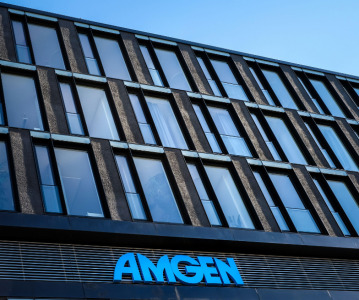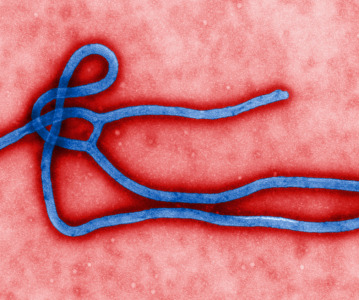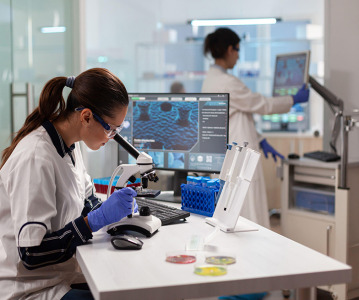Global Renal Denervation Market Turns Into Long-Term Opportunity for Medical Device Companies

The global renal denervation market will witness significant growth over the next 6 years, jumping from $15.5 million in 2012 to $171.7 million by 2019, at a Compound Annual Growth Rate (CAGR) of 41%, thanks mainly to the intervention’s expected approval in major countries, says research and consulting firm GlobalData.
The company’s latest report* states that across the 10 major markets (the US, France, Germany, Italy, Spain, UK, Japan, Brazil, China and India), only the European Union has approved the use of renal denervation. GlobalData predicts that the intervention will be given approval in all of the countries studied by the end of the forecast period.
This, along with a number of other anticipated events, is expected to drive the global procedure volume from approximately 3000 procedures in 2012 to nearly 40,000 by 2019.
Joseph Gregory, GlobalData’s Analyst covering Surgical Devices, says: “Although there has been much enthusiasm for renal denervation since its introduction to the market in 2010, the intervention has been met with considerable barriers to its adoption. As a result of this, the number of global procedure volumes has been coasting in the low thousands, which is expected to continue through 2014.”
Another reason for the low numbers is the utilisation of renal denervation in resistant hypertension only. However, this is expected to change in 2015, when the anticipated CE Mark for the heart failure indication is obtained in Europe. In addition, the uncontrolled hypertension indication is expected to be approved in the US in 2016, with a subsequent CE Mark in 2018.
Still, major market restraints will impede further adoption of renal denervation, including reimbursement and ambulatory blood pressure readings.
Gregory says: “Health insurance agencies want to see long-term clinical trial data from sophisticated studies, but the longest follow-up to date is 3 years in a nonrandomised study. In addition, the purported efficacy results from the majority of company-sponsored clinical trials have recently come into question, given the use of office-based blood pressure measurements rather than ambulatory measurements.”
Compounded with several other market barriers, such as game-changing technologies developed by competitors, renal denervation will have to bear a decade of significant scrutiny before it takes off and sees optimal adoption, according to GlobalData.
*MediPoint: Renal Denervation — Global Analysis and Market Forecasts
Related News
-
News Eli Lilly gets ready to launch five new drugs in 2023
Eli Lilly, the American pharmaceutical company (IN, USA) are gearing up for a big year ahead, with hopes to launch five new drugs and capitalise on growing obesity and Alzheimer’s disease markets. -
News Amgen buys Horizon for $27.8 billion in bold step into the rare disease market
Amgen Inc buys pharmaceutical company Horizon Therapeutics in a multibillion-dollar deal, in hopes to capitalise on it's portfolio of drugs in the highly sort after rare disease market. -
News Pharma Supply Chain People Moves
The latest appointments and promotions across the pharmaceutical supply chain. -
News Merck to donate new Ebola vaccine to defend against outbreaks in Uganda
Pharmaceutical giant Merck has announced they will be speeding up the processing of a new vaccine against the latest strain of the Ebola virus, to be donated to a global non-profit organisation for distribution -
News CPHI Podcast Series: Driving innovation with pharmaceutical startups
The latest episode in the CPHI Podcast Series explores how startups are driving innovation by taking high-risk approaches and doing business with greater agility. -
News Greener and efficient processes: Quaternary Ammonium Salts
Quaternary Ammonium Salts play a crucial part in Organic Chemistry processes at many major industries. Discover why.
-
News Biosimilars save patients $11B annually, but barriers to adoption remain in US market
Biosimilars introduce competition into the biologics market, driving down prices and increasing patient access. -
News WHO recommends use of two monoclonal antibody treatments against Ebola
The health body recommended use of treatments by Regeneron and Ridgeback Bio
Position your company at the heart of the global Pharma industry with a CPHI Online membership
-
Your products and solutions visible to thousands of visitors within the largest Pharma marketplace
-
Generate high-quality, engaged leads for your business, all year round
-
Promote your business as the industry’s thought-leader by hosting your reports, brochures and videos within your profile
-
Your company’s profile boosted at all participating CPHI events
-
An easy-to-use platform with a detailed dashboard showing your leads and performance




.png)


